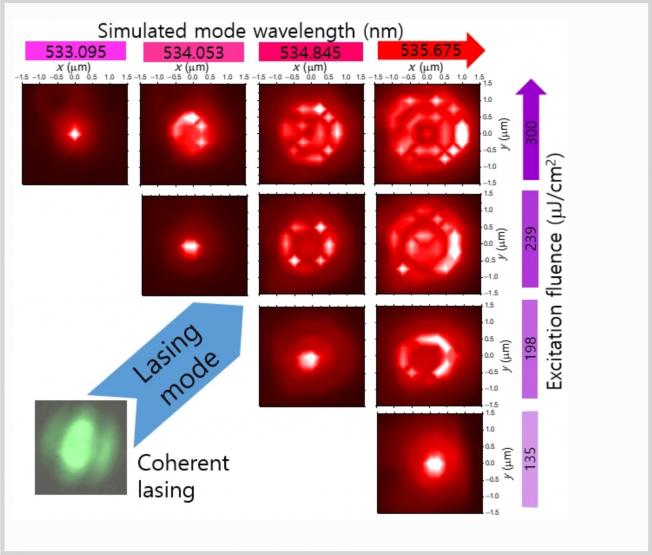Hot carrier dynamics and carrier-phonon interaction in GaN
J KOREAN PHYS SOC 47 (2005) S356-S359
Abstract:
The dynamics of carriers in GaN epilayers is investigated by using femtosecond pump-probe spectroscopy. After the residual chirp on the continuum probe is removed, the normalized difference spectra (NDS) for different probe energies are synchronized, recovering the full time resolution of our laser pulse. Our Monte-Carlo simulation agrees well with the unchirped NDS spectrum, which shows the development of the carrier distribution at early times, where phonon satellites are seen, together with a strong non-thermal electron distribution in the region of the LO-phonon energy arising from the remark-ably strong electron-LO phonon interaction. By employing a new technique which involves the integration of the normalized NDS multiplied by the corresponding energy, a measure of the mean energy of the carriers in non-thermal states is obtained. By comparing the time-dependent energy loss with the theoretical energy loss rate, we estimate the effective temperature of the phonon modes as well as the population of phonons.Time-resolved gain dynamics in InGaN MQW structures
J KOREAN PHYS SOC 47 (2005) S360-S363
Abstract:
Transient gain spectra were measured for an In0.02Ga0.98N / In0.16Ga0.84N multiple quantum well by using the variable-stripe-length method (VSLM) in combination with the ultrafast optical Kerr-gate (OKG) technique. Gain dynamics were measured for a range of excitation lengths from short (50 mu m) to long (350 mu m) stripes with the sample under femtosecond photoexcitation. Analysis of the temporal behaviour of gain and chemical potential suggests that stimulated emission originates from a photoexcited electron-hole plasma at early times; at later times, localized states dominate as the electron-hole plasma becomes exhausted. Gain reduction at early times is attributable to coupling of the electron-hole plasma with photons along the stripe, whilst localized states are less susceptible to gain saturation.Quantum-confined Stark effect in a single InGaN quantum dot under a lateral electric field
Applied Physics Letters 86:21 (2005) 1-3
Abstract:
The effect of an externally applied lateral electric field upon an exciton confined in a single InGaN quantum dot is studied using microphotoluminescence spectroscopy. The quantum-confined Stark effect causes a shift in the exciton energy of more than 5 meV, accompanied by a reduction in the exciton oscillator strength. The shift has both linear and quadratic terms as a function of the applied field. © 2005 American Institute of Physics.Time-resolved dynamics in single InGaN quantum dots (Invited Paper)
SPIE Proceedings SPIE 5725 (2005) 296-296
Two-dimensional exciton behavior in GaN nanocolumns grown by molecular-beam epitaxy
Applied Physics Letters 86:12 (2005) 1-3



